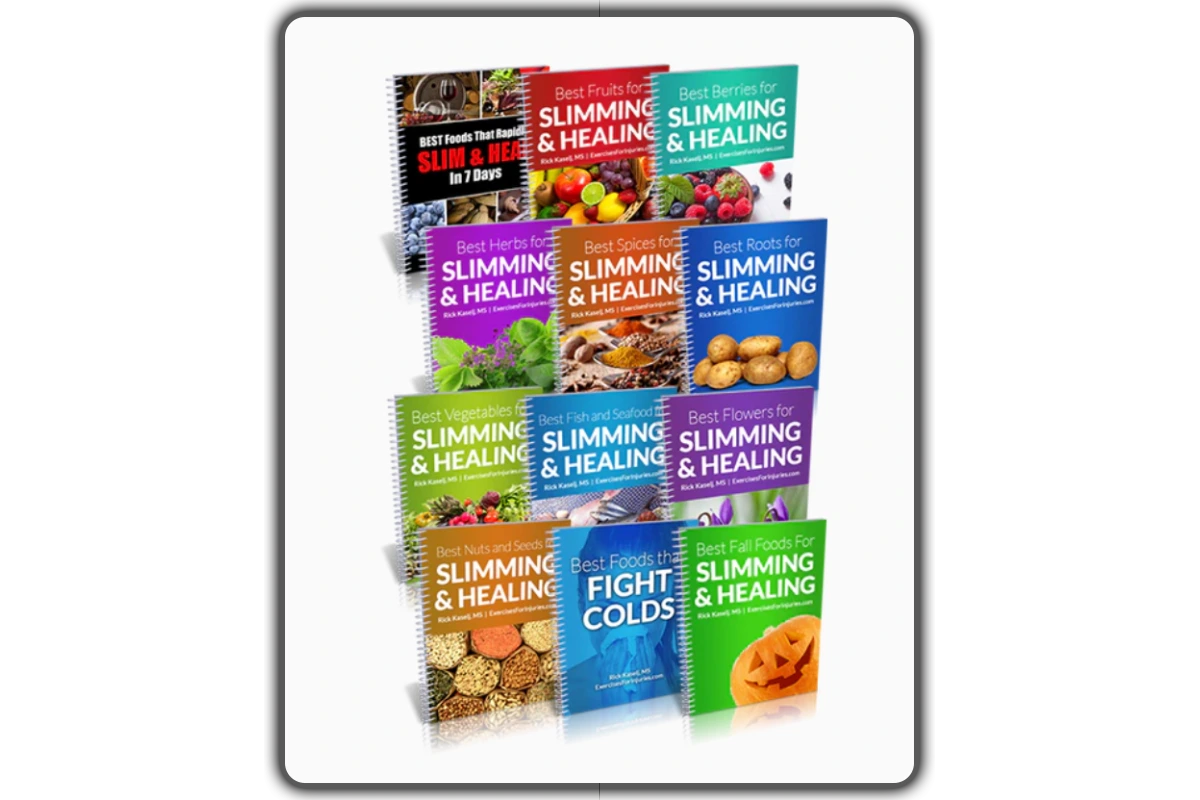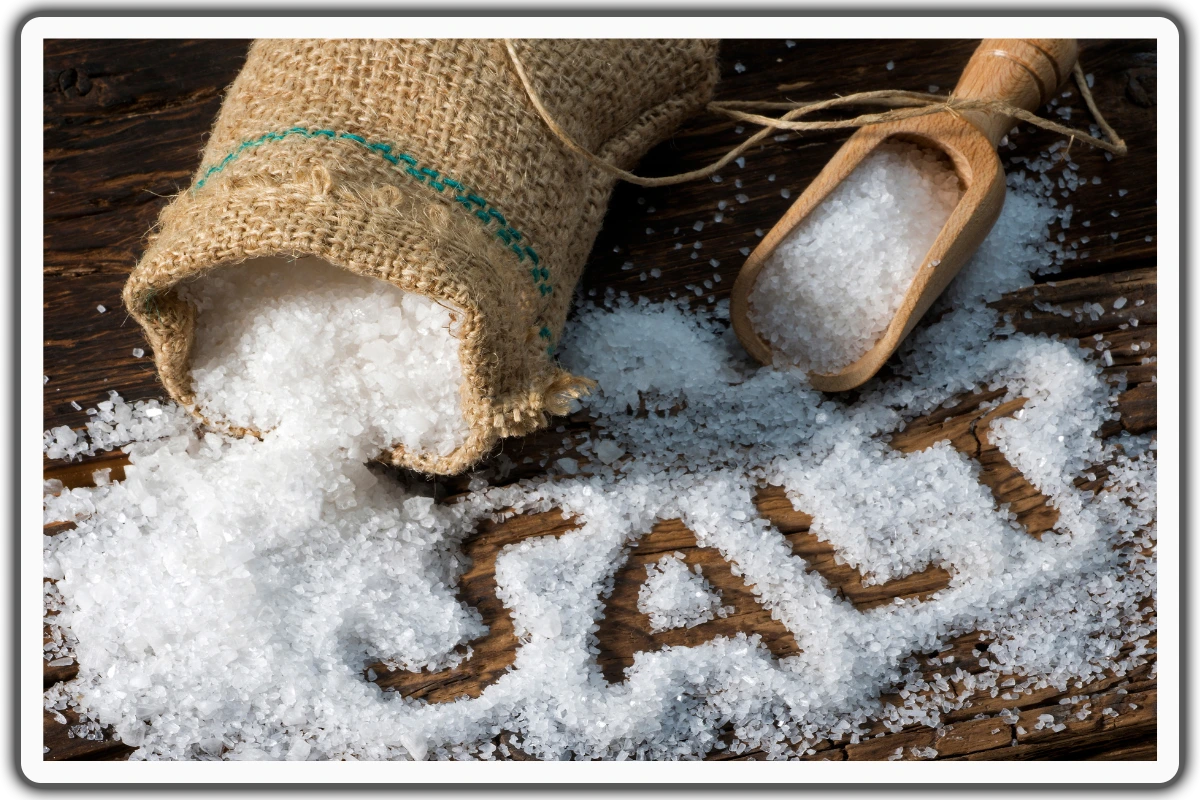
Navigating the Salty Seas: The Surprising Truth Behind the Healthiest Salt
In the vast ocean of salt options, finding the healthiest choice can be overwhelming. But fear not! In this article, we'll dive deep into the world of salt and uncover the surprising truth behind the healthiest salt options available. Gone are the days of thinking all salt is created equal. Discover the benefits of incorporating the healthiest salt into your diet and how it can positively impact your overall well-being. Get ready to navigate the salty seas as we explore the fascinating world of the healthiest salt choices.
Understanding Different Types of Salt
Salt is a crystalline mineral composed mainly of sodium chloride (NaCl). Beyond its culinary use, salt serves various purposes, such as preserving food, supporting certain chemical reactions in cooking, and contributing to essential bodily functions. Sodium, a component of salt, is an essential element for human health, influencing fluid balance, nerve function, and muscle contractions.
There are various types of salt available, each with its distinct characteristics, textures, flavors, and uses. Here are some common types of salt:
1. Refined Table Salt (Iodized Salt):
This is the most common type of salt found in households. It usually contains fine grains and often contains iodine, which is added to prevent iodine deficiency.
2. Kosher Salt:
Kosher salt has a larger, coarser grain compared to table salt. It is called "kosher" because it is commonly used in the koshering process of preparing meat according to Jewish dietary laws. Chefs often prefer Kosher salt for its texture and the fact that it dissolves quickly.
3. Sea Salts:
Sea salt is harvested from evaporated seawater. It is often less processed than table salt and may contain more trace minerals such as magnesium, calcium, and potassium — which heavy processing strips from table salt. This ocean-derived salt is way less refined than your standard table salt. It contains some natural iodine (although admittedly much less than iodized salt).
4. Pink Himalayan Salt /Himalayan Salt /Himalayan Pink Salt:
This pink salt, known for its distinctive pink color due to trace amounts like iron, is mined from the mountains of Himalayan. It has a slightly different flavor compared to regular table salt.
5. Celtic Sea Salt
Harvested from the Celtic Sea, Celtic Sea Salt is a type of sea salt known for its moist salt crystals and potential trace amounts. It is used in culinary applications to enhance flavors, offering an alternative to regular table salt.
6. Peruvian Pink Salt
Mined from ancient sea beds in Peru, Peruvian Pink Salt is characterized by its pink color, attributed to rich mineral content, including trace minerals. It offers a mild taste and is used as a gourmet salt, distinct from common table salt.
7. Hawaiian Sea Salt/Black Lava Salt
Harvested from volcanic clay in Hawaii, Hawaiian Sea Salt, also called Black Lava Salt, is distinctive for its black or pink color due to iron oxide and other trace minerals. It has a unique earthy flavor and adds depth to dishes, providing an alternative to regular table salt.
8. Seasoned Salt (e.g. Garlic Salt, Onion Salt, and Celery Salt)
Seasoned salt is a mixture of various dried herbs, spices, or other flavorings. Garlic Salt, Celery Salt, and Onion Salt are specific variations infused with the respective flavors, offering a convenient way to season dishes. They provide a flavored alternative to plain table salt while adding depth to the overall taste.
Balancing the intake of different types of salt and being mindful of overall sodium intake is crucial for reaping the health benefits.
Health Benefits of Salt
Sodium chloride (salt) is essential for various bodily functions, and moderate consumption can offer health benefits. Below are some of these potential health benefits.
1. Electrolyte Balance:
Sodium, a component of various salts, including iodized salt, kosher salt, sea salt, Himalayan salt, and table salt, helps maintain electrolyte balance. This is crucial for cell function, nerve transmission, and muscle contraction.
2. Fluid Balance:
Adequate sodium intake, whether from iodized salt, sea salt, or other sources, regulates fluid balance. It helps control dehydration and ensures proper hydration, especially when considering pink Himalayan salt, which contains trace minerals.
3. Blood Pressure Regulation:
Balance your sodium intake, considering the types like Himalayan salt and sea salt. Moderation in salt intake is key for maintaining healthy blood pressure levels.
4. Digestive Health:
Adequate salt, found in various forms like kosher salt and table salt, supports the production of stomach acid, promoting healthy digestion and nutrient absorption.
5. Adrenal Gland Function:
Salt intake from sources such as iodized salt and kosher salt is essential for properly functioning adrenal glands. These glands produce hormones that regulate metabolism and respond to stress.
6. Hydration Status:
Consuming salts like sea salt and Himalayan salt in moderation helps the body retain water, preventing excessive fluid loss and maintaining hydration, especially during physical activity.
7. Salt Intake Awareness:
Maintaining a balanced diet involves being mindful of sodium intake. Awareness of the types of salt used, including kosher salt, sea salt, Himalayan pink salt, and iodized salt, can help individuals regulate their salt intake for optimal health.
It is also important to consider the potential risks associated with excessive consumption of salt and or salt substitutes.
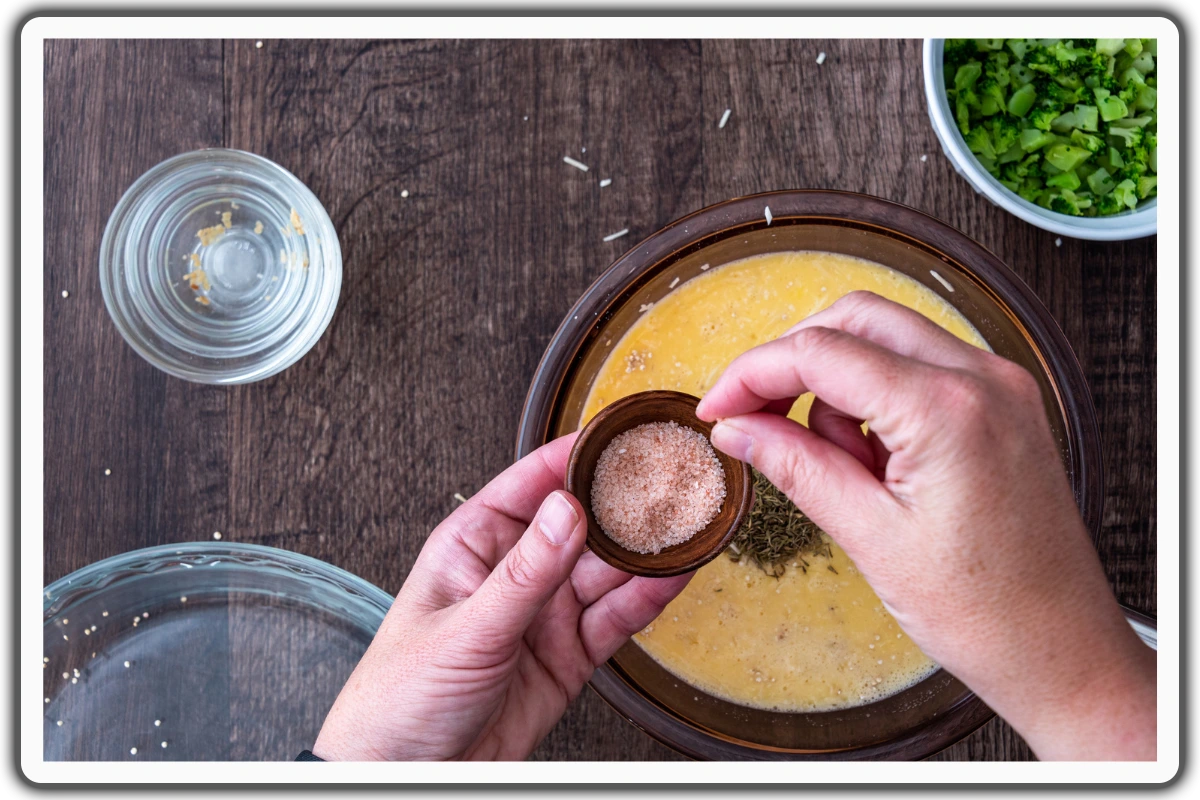
Potential Risks of Excessive Use of Salt
Excessive consumption of different types of salt or any salt substitutes may overpower its underlying health benefits. Here are some potential risks to consider for salt consumption:
1. High Blood Pressure (Hypertension):
Excessive intake, particularly from sodium chloride found in table salt, can be a major contributor to high blood pressure. The surplus sodium in the bloodstream may increase fluid retention, causing blood vessels to narrow and the heart to work harder, ultimately raising blood pressure.
2. Cardiovascular Diseases:
Prolonged high salt intake, including common table salt, increases the chance of cardiovascular diseases like heart attacks and strokes, straining the heart and damaging arteries.
3. Kidney Disease:
Excessive salt, particularly sodium chloride from table salt, can strain the kidneys, potentially leading to damage or dysfunction, especially in those with pre-existing kidney conditions.
4. Fluid Imbalance:
Consuming too much salt from sources like table salt or Himalayan salt can disrupt fluid balance, leading to dehydration or overhydration with adverse effects on bodily functions.
5. Aggravation of Autoimmune Diseases:
Excessive salt consumption from various salts like sea salt is linked to the aggravation of certain autoimmune diseases, contributing to inflammation and worsening symptoms.
There are simple ways to use less sodium. With salt being such an ample and integral part of our normal daily diets, it can seem incredibly difficult to cut back. Using less salt requires intentional effort but can be done easily.
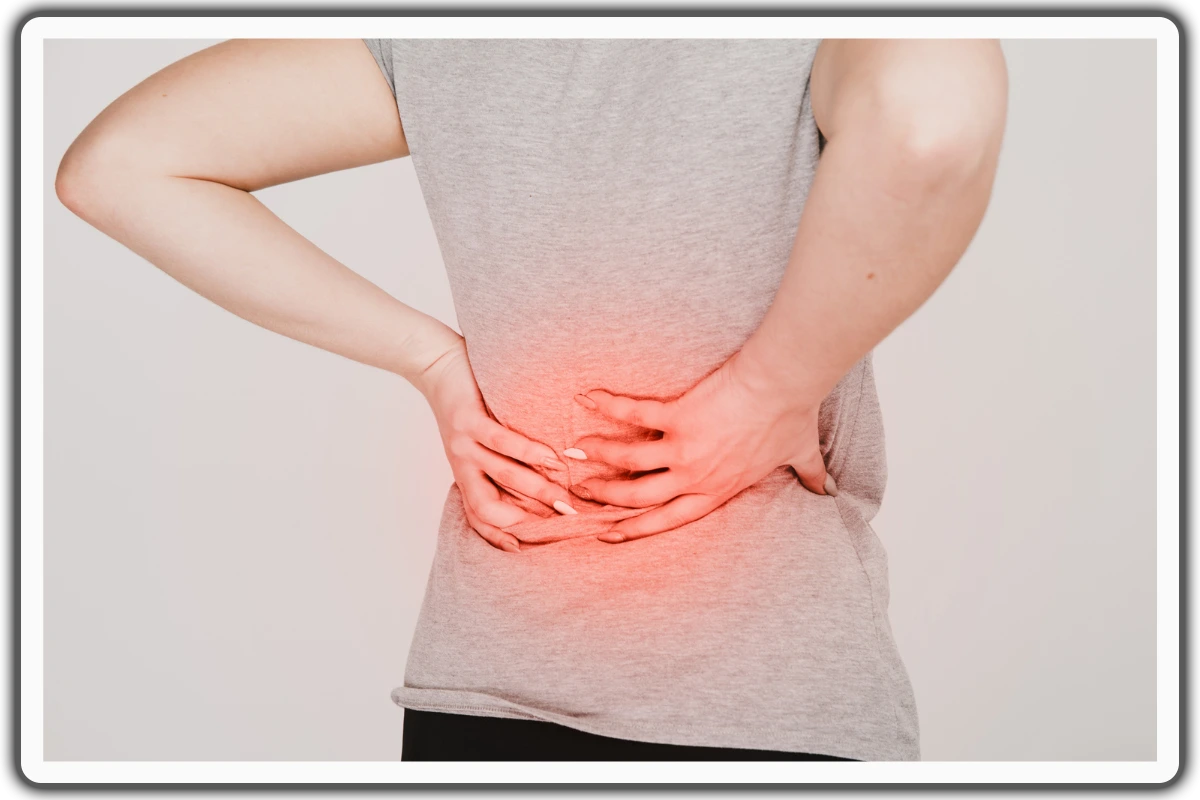
15 Ways to Use Less Salt
We want you to stay on top of your health, so we’re suggesting these 15 simple ways to help you use less sodium:
1. Know What You’re Seeking
Wouldn’t it be nice if packaged foods were labeled with bright red stickers that said, “Too much salt” or “Way too much salt?” However, the salt often lies hidden in a product’s ingredient list. According to the AHA, there are at least 20 sneaky names for ingredients that add sodium to foods. Here is a list of other names that should be on your radar when looking for added salt.
2. Buy or Make Unsalted Nut Butter
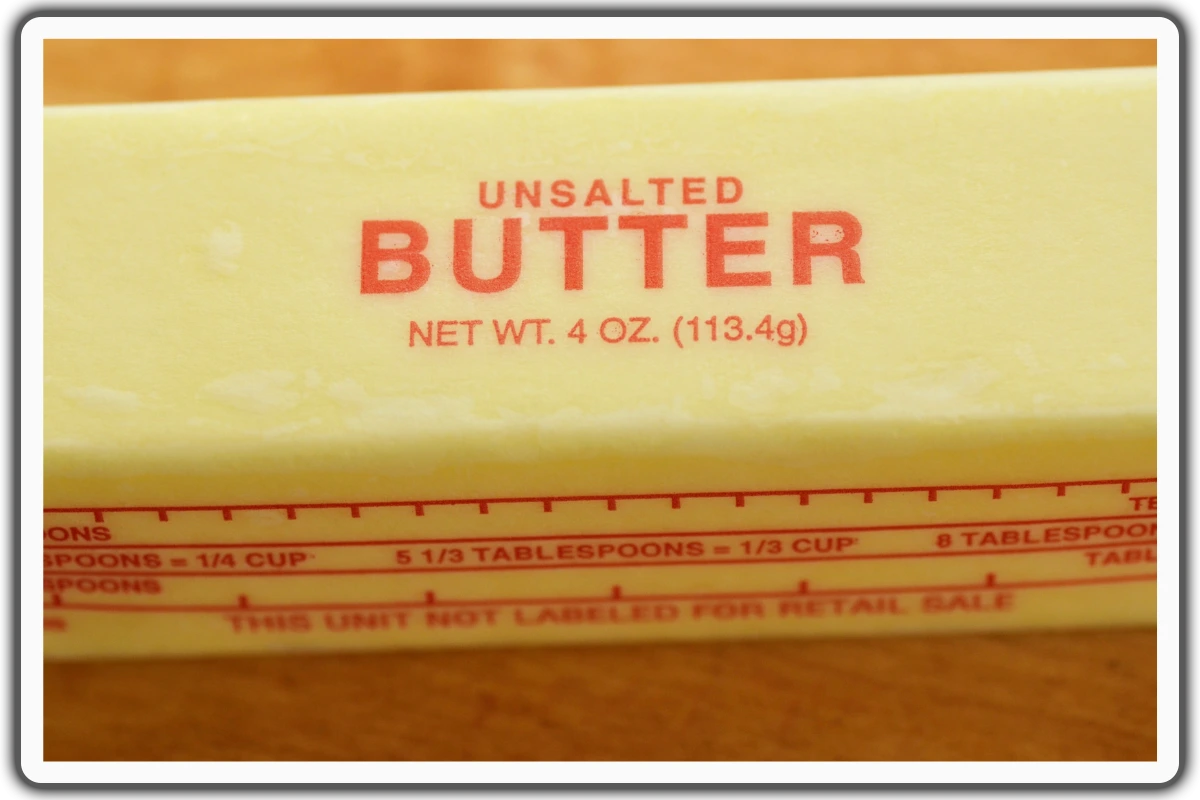
Truly, it doesn’t take very long at all to adjust your taste buds to simple, unsalted peanut butter, almond butter or any other nut or seed spread. Look for natural varieties that contain just the nuts or seeds. You can also make your own nut butter with unsalted almonds, peanuts, cashews or sunflower seeds and a food processor. You can shave off up to 200 milligrams of sodium per serving with unsalted nut butter.
3. Use a Salt-free Seasoning Blend
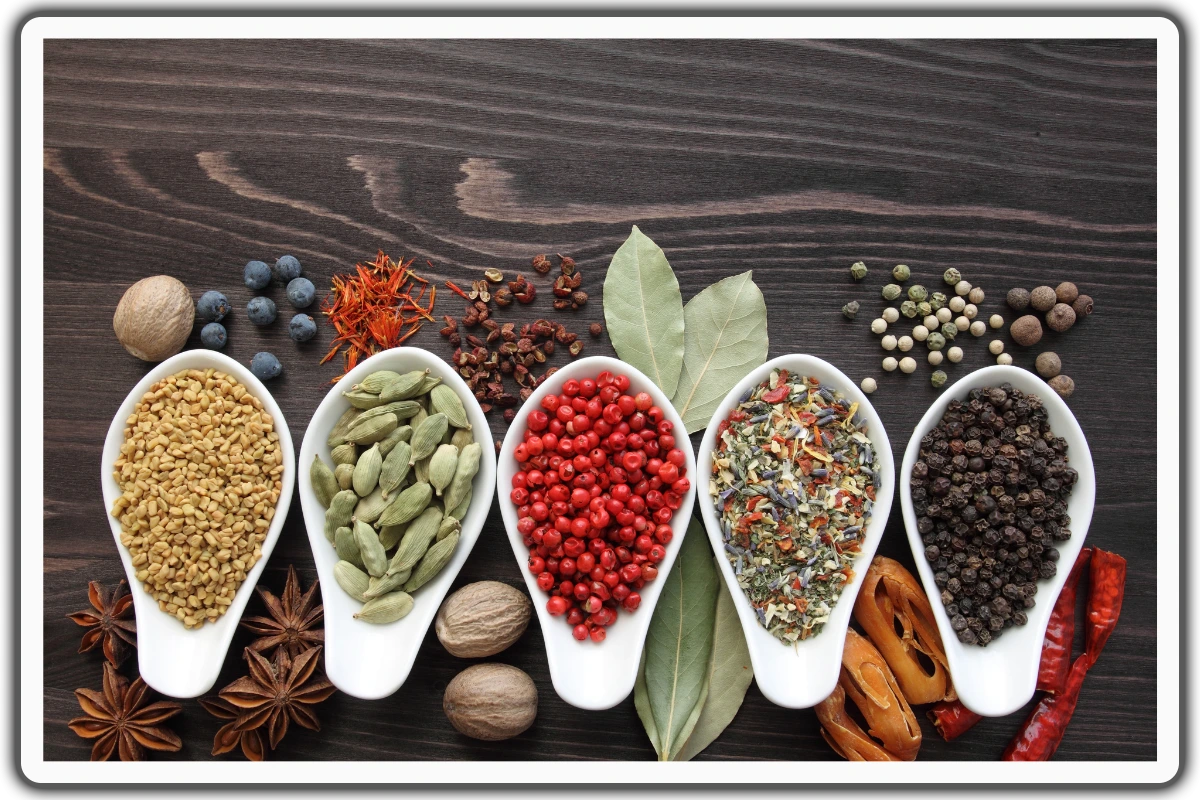
I love salt-free seasoning blends. I use one in everything from scrambled eggs to roasted root vegetables. It’s full of fantastic dried seasonings like onion, garlic, white pepper, rosemary, cumin, tomato granules, orange peel, and parsley. It imparts many deep flavors into anything I cook without even 1 milligram of sodium.
4. Squeeze a Lemon
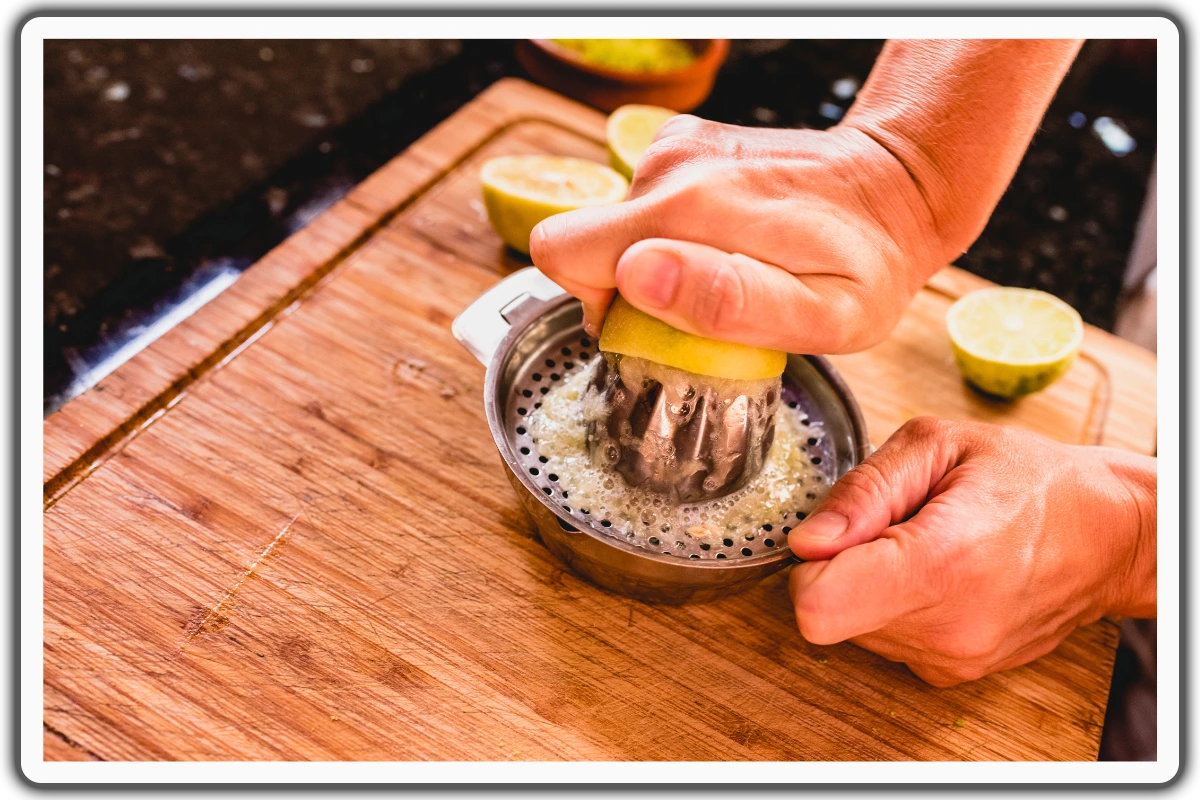
Another wonderful low-salt cooking tip is to use lemon juice for flavor and acidity. Often, we might think a dish needs more salt when it may only need a bit of acid. Try a squeeze of lemon juice before you add salt and see how you like the taste.
5. Buy Frozen Instead of Canned Vegetables
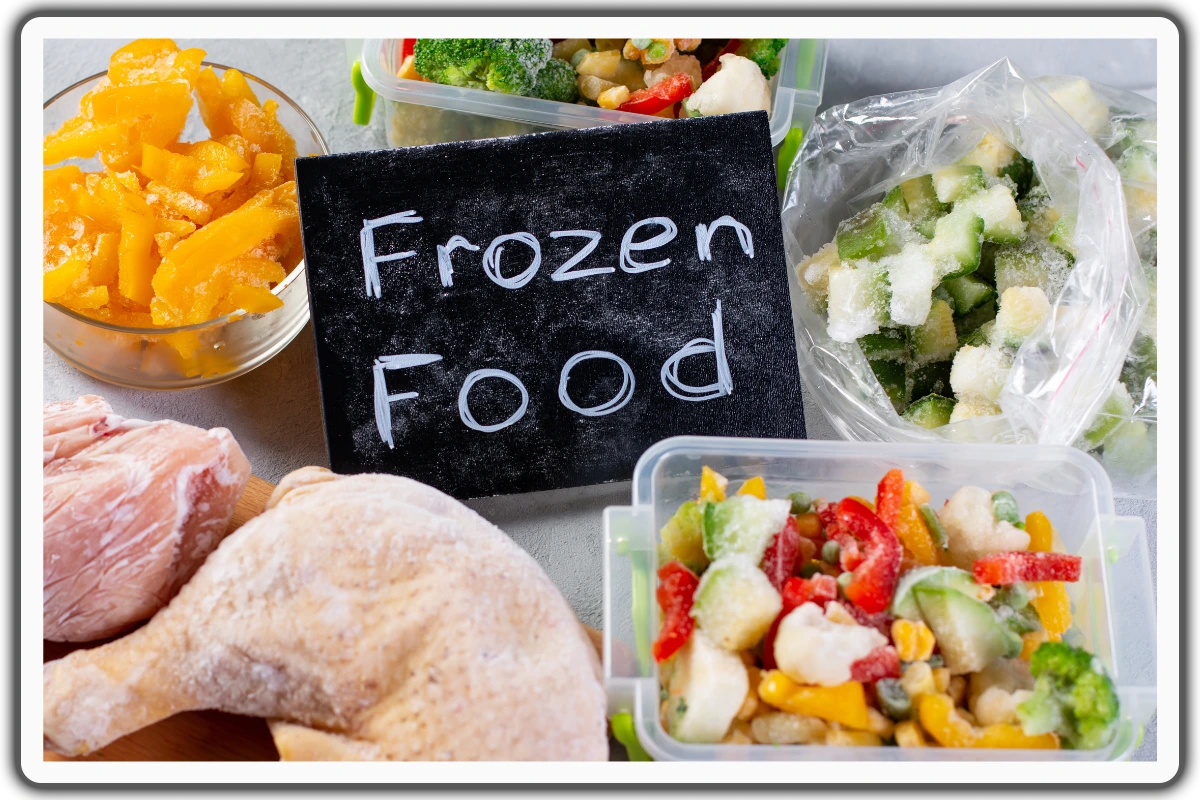
Of course, fresh produce is best. However, canned produce is almost always loaded with extra salt and other additives. Cruise to the frozen foods aisle when you’re shopping for out-of-season vegetables. You’ll still need to read the labels. However, you’ll find that most bags of frozen vegetables contain just the vegetables, with no added salt.
6. Order With Care at Restaurants

One of the biggest sources of sodium for many people is food from restaurants. Our friends at EatThisNotThat.com reported that a large order of Blazin’ Buffalo Wings from the well-known chain Buffalo Wild Wings contains 9,490 milligrams of sodium. That’s one meal for some people.
And so, when you must eat out, request that your food be made without extra salt. Order simple items like grilled vegetables and a serving of protein. Choose items that are less likely to have several thousand milligrams of sodium.
7. Eat at Home More Often

Maintaining a low-sodium diet when you’re eating out isn't easy. Choose to prepare your food at home more often instead. You’ll have all of the control over what goes into your food when you’re the head chef.
8. When You’re Baking, Use Half the Salt
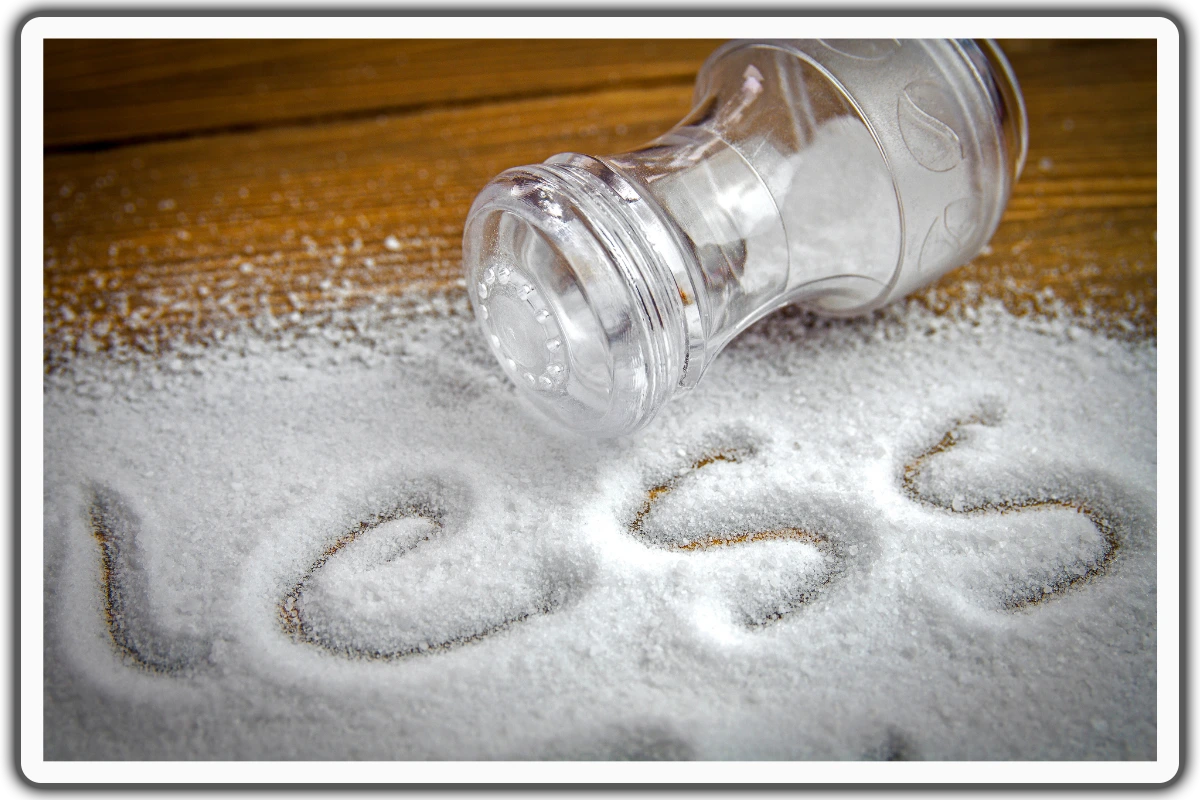
In recipes, you can almost always get away with using just half of the recommended amount of salt or less. Get into the habit of cutting the salt by half automatically when you’re baking anything. Once you get comfortable with that, experiment with omitting the salt entirely in your baked goods.
9. Watch Your Snacks
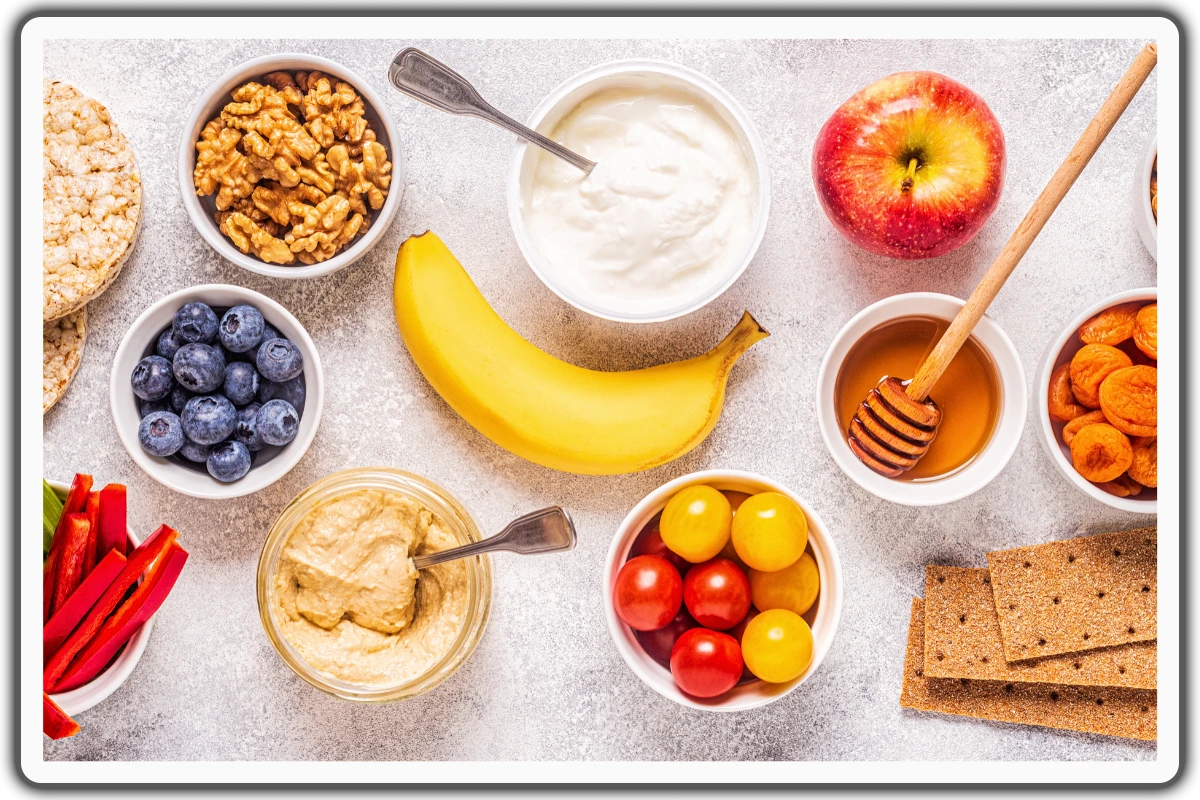
Many snacks that we consider healthy are extra high in sodium. Salted nuts, pretzels, string cheese, chips, and jerky are all snacks loaded with added sodium.
Cut salty snacks, go healthy like cucumber slices, carrot sticks with hummus, boiled eggs, apple slices, fresh berries, unsalted almonds, and orange slices. Seek out whole, unprocessed foods instead of high-salt, processed snacks.
10. Beware of Frozen Entrees
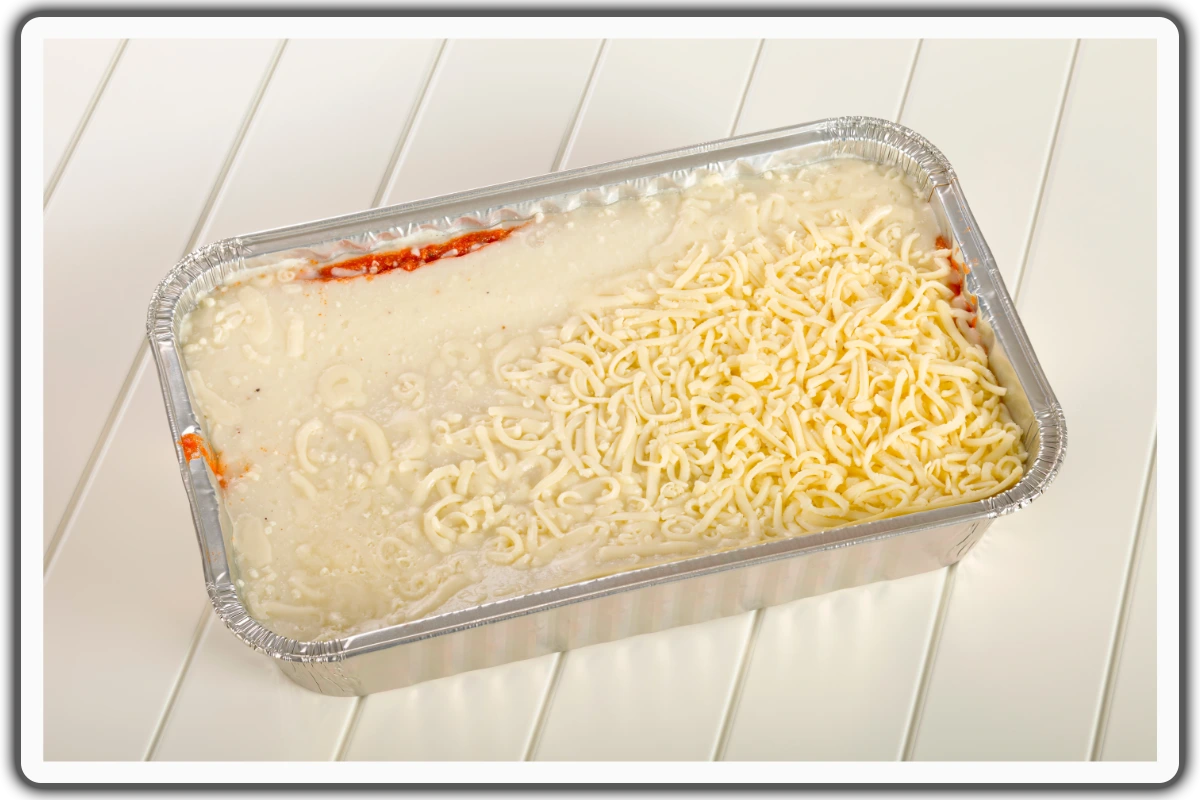
Yes, the frozen lasagna that tastes so good does so because it likely contains nearly 2,000 milligrams of sodium per serving. Frozen meals: salt trap! If you’re trying to reduce your salt intake, eliminate frozen meals from your diet. Stick to homemade pizza, lasagna, and burritos over frozen ones.
11. Switch to Unsalted Tortilla Chips
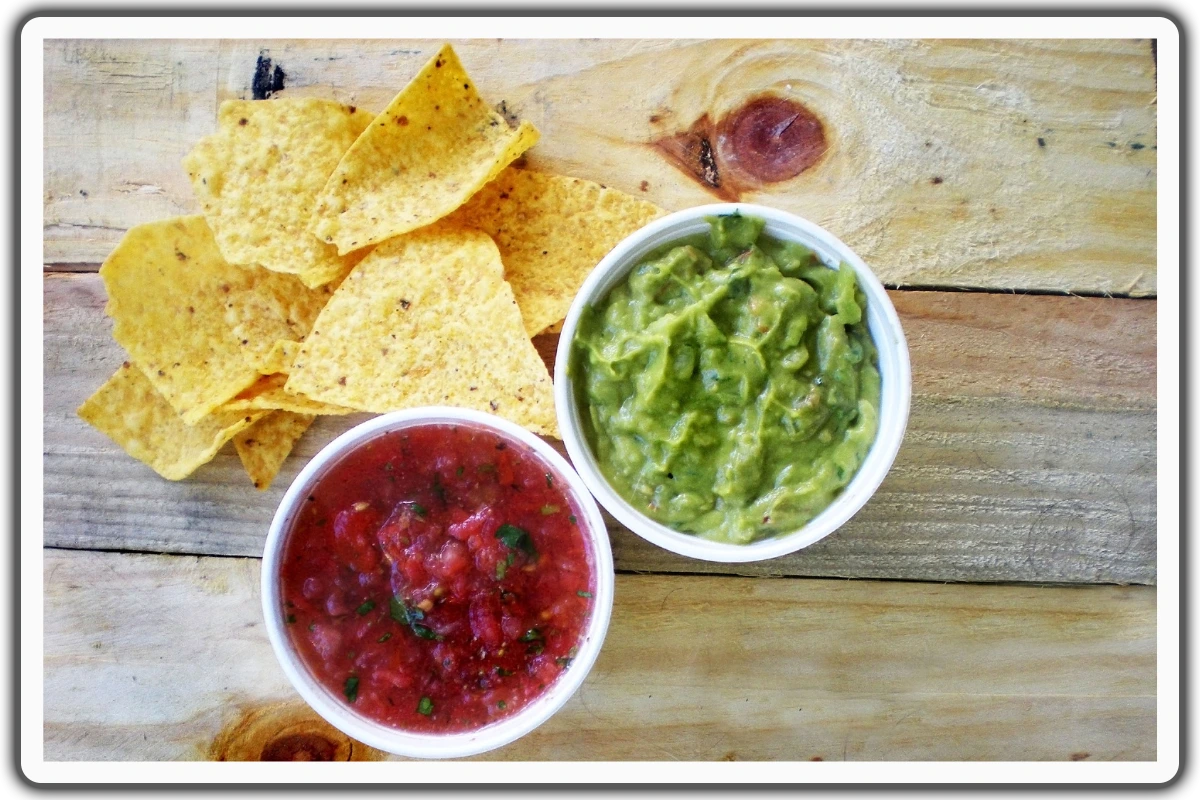
I’m a chips and salsa fan. However, when my husband’s blood pressure got a little too high for comfort, we decided to buy foods with lower sodium. I didn’t think that I would like unsalted tortilla chips, but I was wrong. They were excellent the first time I tried them with my favorite salsa. I was surprised at how I didn’t miss the salt at all.
12. Look for Unsalted Marinara Sauce
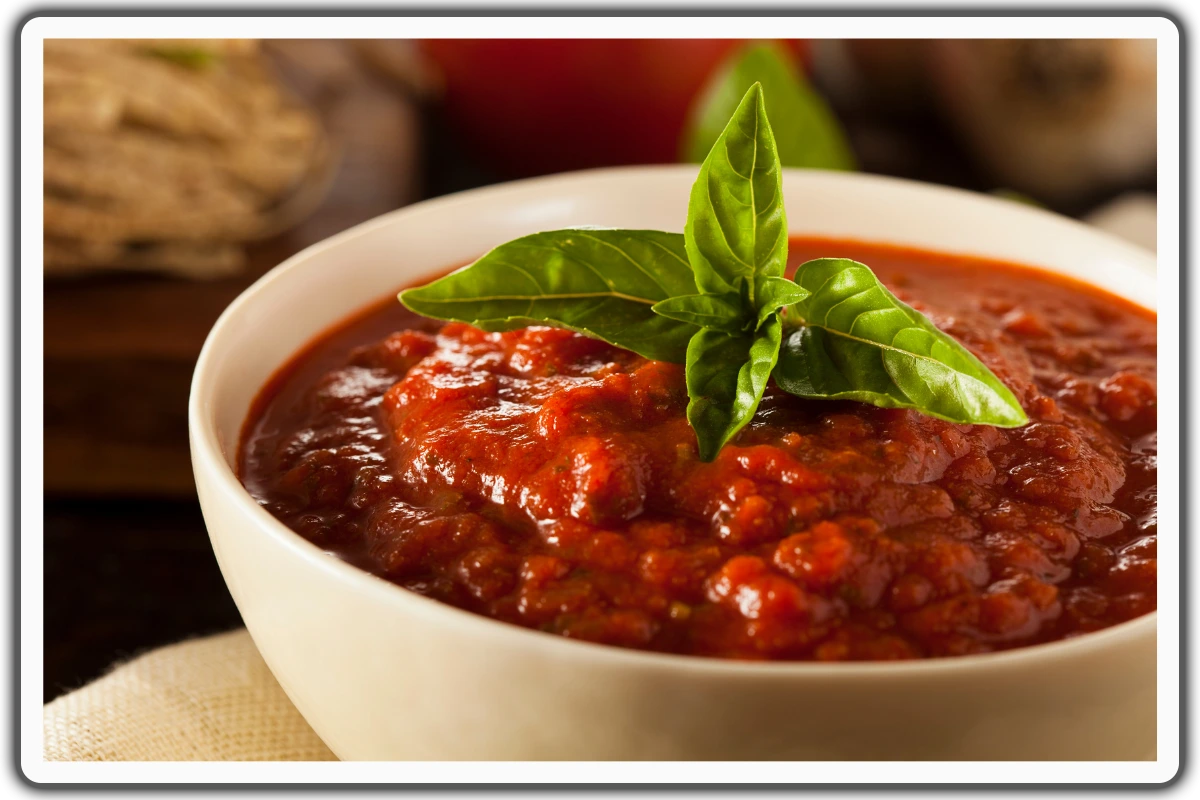
Check the natural and organic brands for a no-salt-added sauce when shopping for pasta sauce. It’s generally bursting with bold and bright tomato flavors. You won’t even miss the sodium.
13. Use Vinegar and Oil Salad Dressing
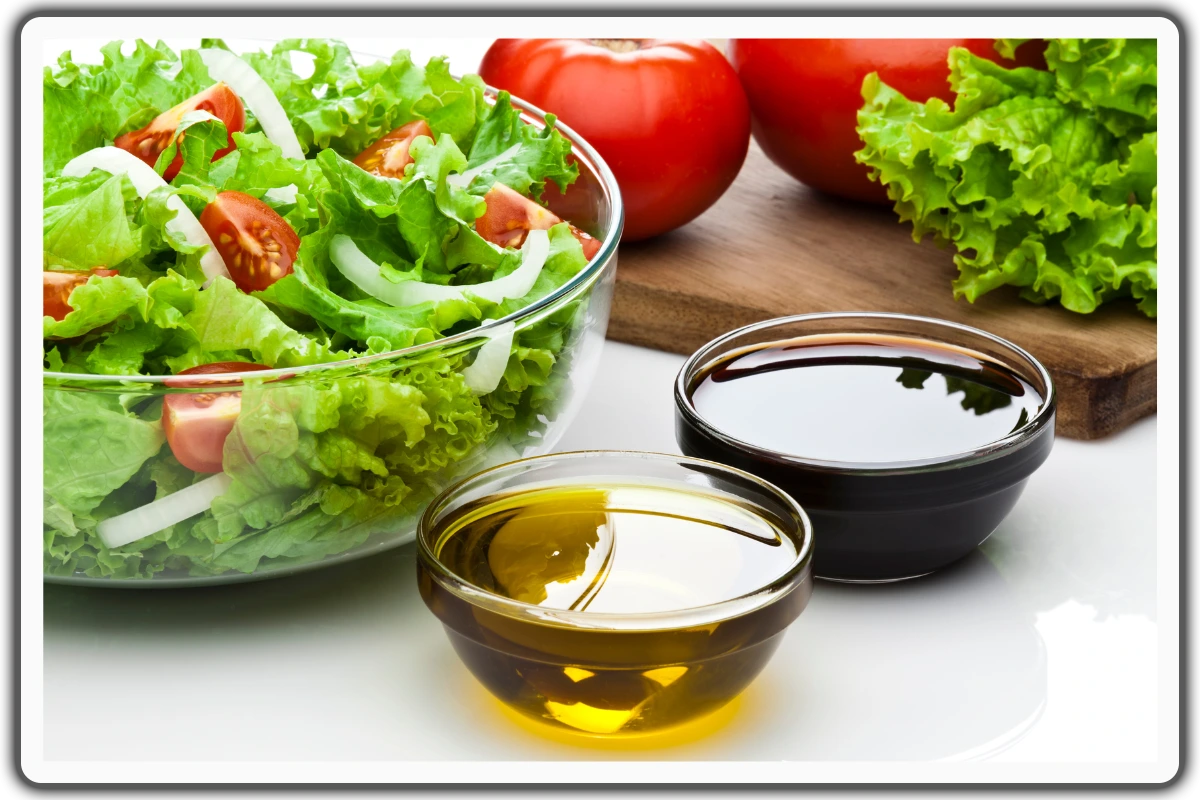
Salad is wonderful to eat daily, but the dressing is often full of salt. Save yourself up to 500 milligrams of salt per salad using a simple vinegar and oil dressing with fresh herbs instead of bottled salad dressing.
14. Cook With Fresh Herbs
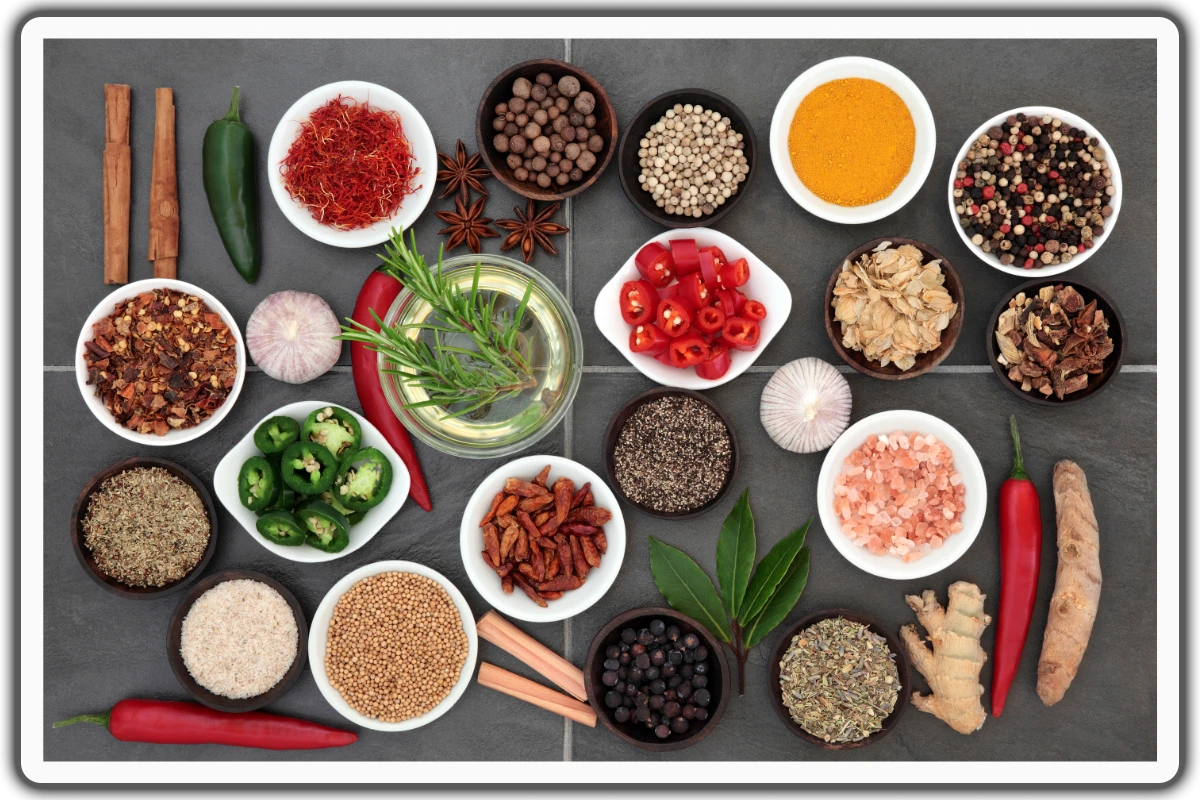
It’s amazing how little added salt you need when cooking with fresh herbs. Rosemary, parsley, basil, and chives can do much for your home-cooked meals. Consider chopping up some fresh herbs and storing them in the freezer so you can use them whenever you’re cooking.
15. Take the Salt Shaker Off the Table
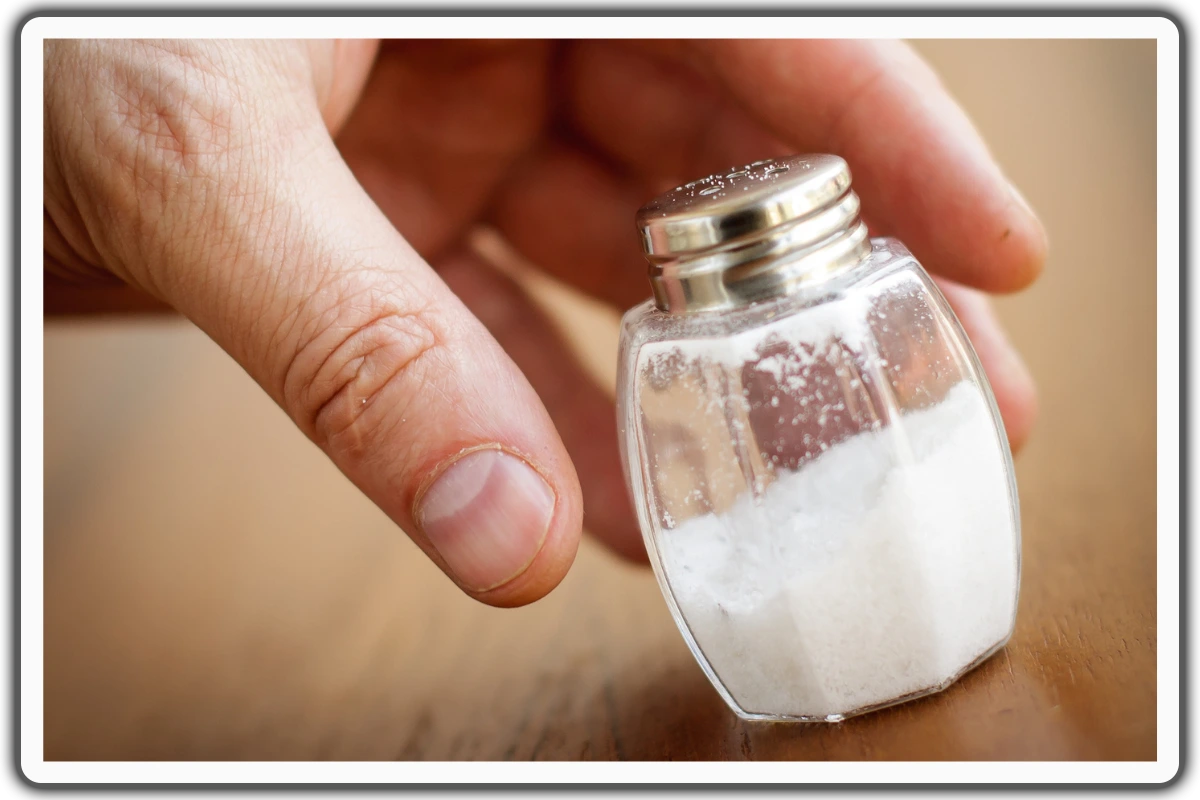
Sometimes, we get into habits that aren’t the best for us. Salting our food before we begin to eat can be a habit. If you store your salt shaker in the pantry or the spice drawer instead of on the dining table, adding salt to your dish takes more effort. Chances are, if you have to walk across the kitchen to find the salt, you’ll decide that your food tastes fine as it is and skip it.
Conclusion:
Balancing salt intake is pivotal for health, as excessive consumption, primarily from sodium chloride in table salt, poses risks. Moderation and awareness of salt sources are crucial. Embracing a diverse diet with the healthiest salt or limited salt use, incorporating alternative flavorings, and adhering to recommended sodium intake guidelines are essential for maintaining overall well-being and averting the adverse effects linked to excessive.
What Is The Healthiest Salt You Can Buy? 8 Types Of Salts Compared
Salts are sometimes quite controversial. Many people hear about health problems related to high-sodium diets, particularly hypertension. Is Salt Good? Some salts have been advertised as not merely harmful but beneficial for your well-being. Himalayan sea salt, for example, has been reported as a good substitute for table salt. What are healthy salts? What are the good salt choices for eating healthy and not harmful? Are salts safe to drink for health or dietary reasons?
For foods that help you slim down and get healthy, make sure to check out The Best Foods that Rapidly Slim & Heal in 7 Days.

